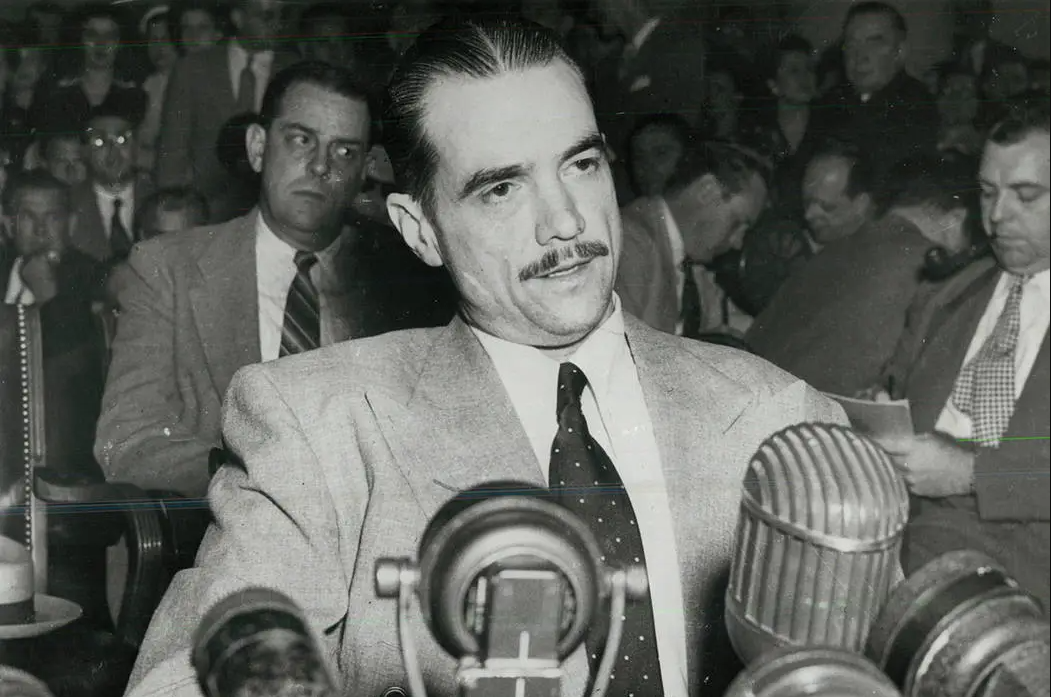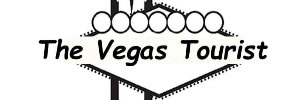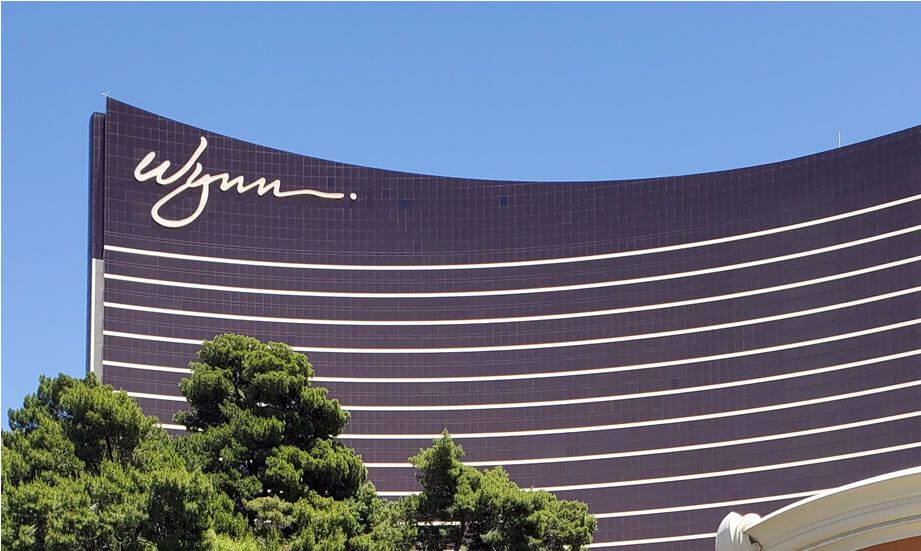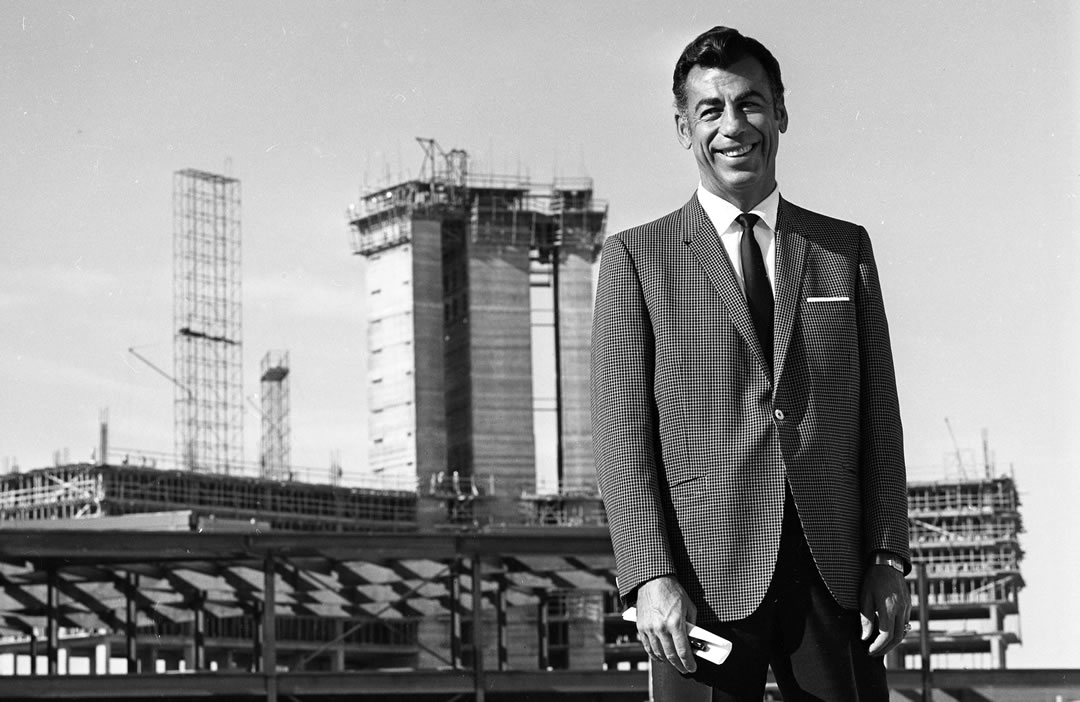
Howard Robard Hughes Jr. (December 24, 1905 – April 5, 1976)
Howard Hughes was born in Houston, Texas. Ever since he was young, Howard showed a keen interest in science and had proven talent in engineering. He pursued the field of science and studied at the California Institute of Technology in Pasadena and later at the Rice Institute of Technology in Houston.
In 1922, Howard lost his mother in the middle of his education. Shortly after, in 1924, Howard’s father also passed away. His father had invented an oil well drill bit that could penetrate hard rock. Being the only child, this left young Howard Hughes the owner of Hughes Tool Company, making his son one of the wealthiest people in the world.
Under his direction, the company became a multibillion-dollar enterprise, the source of funds for ventures into the airlines and film industries, real estate and hotels, and finally, gambling in Nevada. Finally, in 1972, Howard sold Hughes Tool Company, and his share of the new public company was worth $150 million.
Howard Hughes In Las Vegas
Howard Hughes was often called a “Dashing Playboy” for his good looks and his ability to charm the ladies. Being in the movie and aviation industries in the 1940s and 1950s, Howard made plenty of trips from Hollywood to Las Vegas to rub elbows with the famous characters and celebrities that haunted the Las Vegas nightlife.
In 1967, Howard purchased what is now called Spring Mountain Ranch, hoping to lure his wife and actress Jean Peters away from Hollywood. Promising that if she moved out to the desolate ranch, he would soon follow her. She never did, and he never did as well.
They were married in 1957. They divorced in 1971, and in the 14 years of their marriage, the spouses had spent more time apart than together.
Hughes’ Invests In Las Vegas
Hughes’s first investment near the Las Vegas strip was during the early 1950s. He bought around 40 square miles of land near Las Vegas from the BLM, trading 73,000 acres of desert land in five Northern Nevada counties for the federal parcel. It was known as “Husite” before transforming into today’s Summerlin master-planned community.
His idea then was to use the land for an aircraft manufacturing plant and a supersonic jet airport. The name Summerlin is a reference to his grandmother, Jean Amelia Summerlin.
On November 24, 1966 (Thanksgiving Day), under cover of darkness, Hughes arrived in Las Vegas by railroad car and moved into the Desert Inn. Taking over the top two floors of the Desert Inn resort.
With the intention of staying only a few days, Three weeks later, the owners wanted the Hughes entourage out of the hotel to prepare for the holiday rush in business. Instead, Howard Hughes bought the hotel and never left his ninth-floor penthouse suite for the next five years.
The hotel’s eighth floor became the nerve center of Hughes’ empire, and the ninth-floor penthouse became his personal residence. Between 1966 and 1968, he bought several other hotel casinos, including the Castaways, New Frontier, the Landmark Hotel and Casino, and the Sands.
He bought the small Silver Slipper casino in order to remove its trademark neon silver slipper, visible from Hughes’ bedroom. Apparently, the lights on the slipper kept him awake at night.
Hughes also feared corporate or government spies were hiding in the toe of the slipper who took pictures of his suite as it rotated! (Did we mention he was germaphobic and had a few other mental issues?)
With this purchase, Hughes went into a buying spree of multiple properties on the Las Vegas strip. The real-estate investments included the North Las Vegas Airport, the local CBS Television station, mining claims, huge chunks of undeveloped lands, Harold’s club in Reno, as well as several Nevada ranches, which amounted to nearly $300 million.
In addition to his declining mental condition and obsession with germs, Hughes developed severe OCD, suspected to be an effect of the injuries he sustained during his crashes as a test pilot for his aviation company earlier in his life..
With the constant check writing and land acquisition, Hughes became Nevada’s largest employer and employed about 8,000 people on the Strip.
To say that Howard Hughes completely changed the image of Las Vegas with his ventures and investments would be an understatement. With his corporate investments, He helped give the city a much-needed change in image.
Howard’s corporate investments helped eradicate the city’s links with the Mafia, which gave it an unappealing image in the past.
He was concerned about the explosions at the NevadaTest Site near the Strip because he worried they would scare off the tourists. However, he never made any efforts to persuade the government to take action.
Hughes had big plans for Las Vegas and envisioned it as the perfect metropolis state. He planned to make Las Vegas a place with clean air and water with a high-speed train of its own. Moreover, he was concerned about Lake Mead, a drinking water source for Las Vegas and a sewage dump station.
Howard Hughes was a germophobe and a recluse who supposedly never left his penthouse at the Desert Inn. He was a chronic insomniac who stayed up all night watching movies on the television station he owned.
Hughes wanted to change the image of Las Vegas to something more glamorous. In a memo to an aide, he wrote, “I like to think of Las Vegas in terms of a well-dressed man in a dinner jacket and a beautifully jeweled and furred female getting out of an expensive car.” Hughes bought several local television stations (including KLAS-TV).
Hughes’ considerable business holdings were overseen by a small panel unofficially dubbed “The Mormon Mafia” because of the many Latter-day Saints on the committee, led by Frank William Gay.
In addition to supervising day-to-day business operations and Hughes’ health, they also took great pains to satisfy Hughes’ every whim. For example, Hughes once became fond of Baskin-Robbins’ banana nut ice cream, so his aides sought to secure a bulk shipment for him, only to discover that Baskin-Robbins had discontinued the flavor.
They requested the smallest amount the company could provide for special order, 350 gallons (1,300 L), and had it shipped from Los Angeles. A few days after the order arrived, Hughes announced he was tired of banana nuts and wanted only French vanilla ice cream.
As an owner of several major Las Vegas businesses, Hughes wielded much political and economic influence in Nevada and elsewhere. During the 1960s and early 1970s, he disapproved of underground nuclear testing at the Nevada Test Site.
Hughes was concerned about the risk from residual nuclear radiation and attempted to halt the tests. When the tests finally went through, despite Hughes’ efforts, the detonations were powerful enough that the entire hotel where he was staying trembled due to the shock waves. Hughes instructed his representatives to offer million-dollar bribes to both Presidents Lyndon B. Johnson and Richard Nixon in two separate, last-ditch maneuvers.
Leaving Las Vegas
Just as quietly as he arrived, Howard Hughes departed Las Vegas through a fire escape on Thanksgiving Day in 1970. Hughes was reportedly carried out of the Desert Inn on a stretcher, driven to Nellis Air Force Base in an unmarked van, and flown in his private jet to Resorts International’s Brittania Beach hotel in the Bahamas.
Some people at the time blamed a palace coup for causing Hughes to leave; a bitter fight over management of the recluse between his “alter ego” Robert Mahu and the men who were with Howard inside his 9th-floor suite.
Despite owning a huge chunk of real estate in Las Vegas, Hughes never returned to the city.
After Hughes left the Desert Inn, hotel employees discovered that his drapes had not been opened when he lived there and had rotted through.
At the age of 70, in 1976, Hughes passed away in his state of birth in Houston, Texas.
A long battle over his estate started after his death as several versions of Hughes’s will were found. He had written several wills since he was 19 years old. Ultimately, some of his properties were distributed among his 22 cousins; some were donated to the Howard Hughes Medical Institute, and some to charity.
.



Be the first to comment